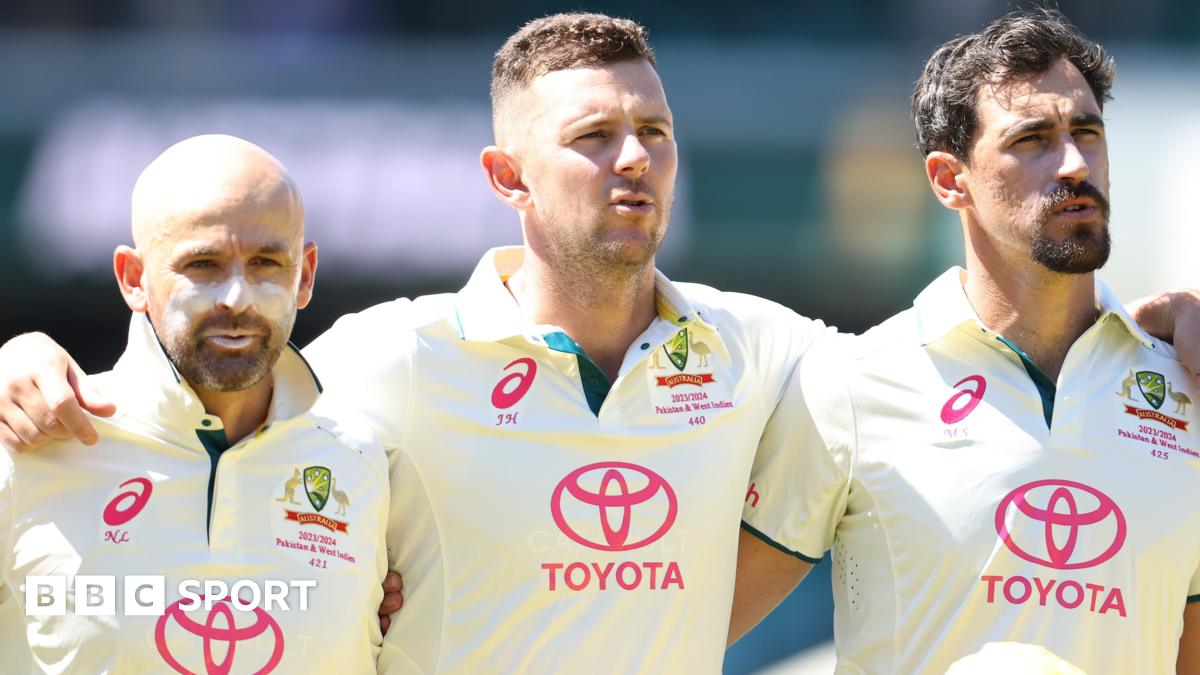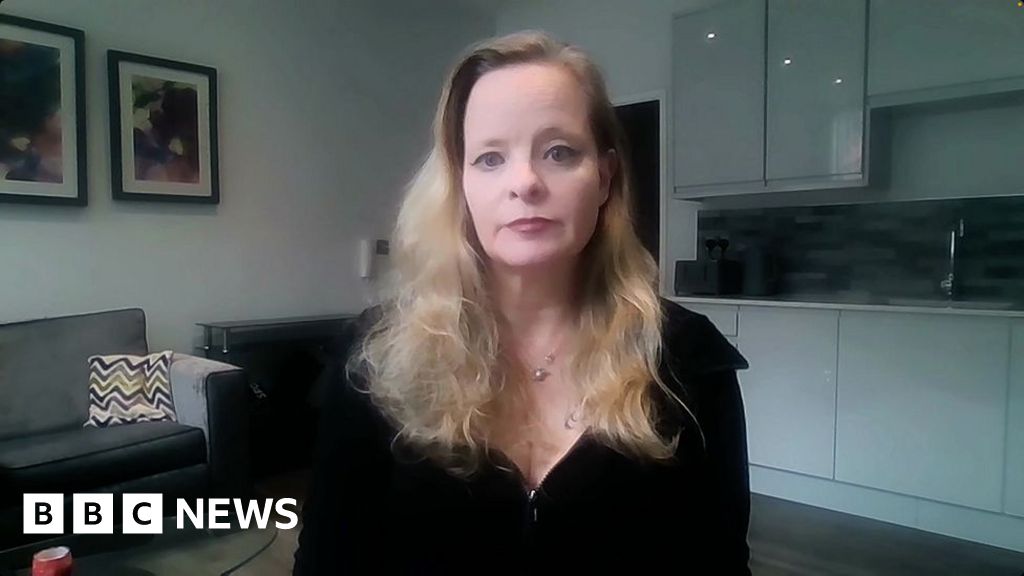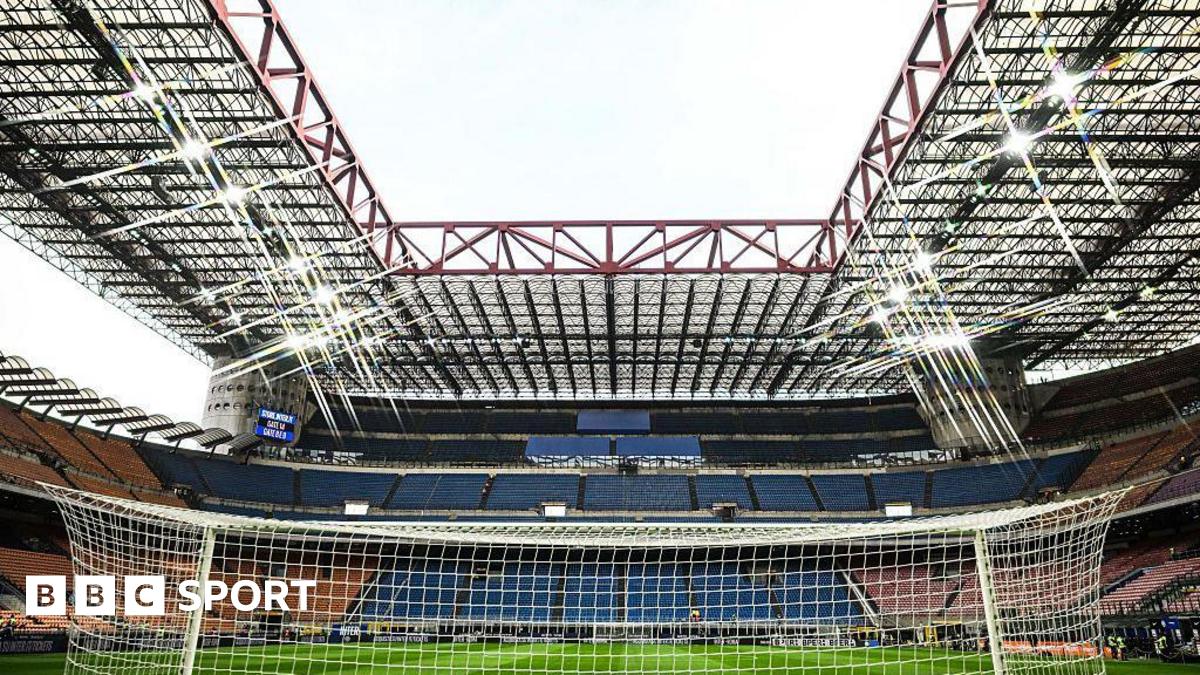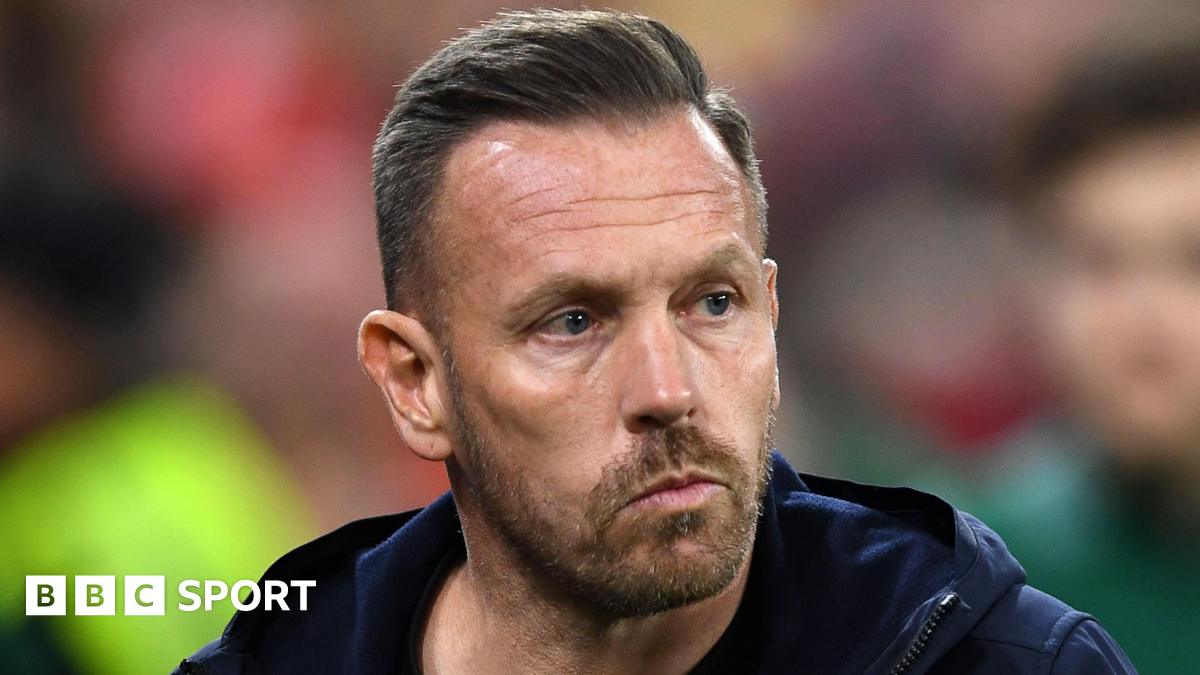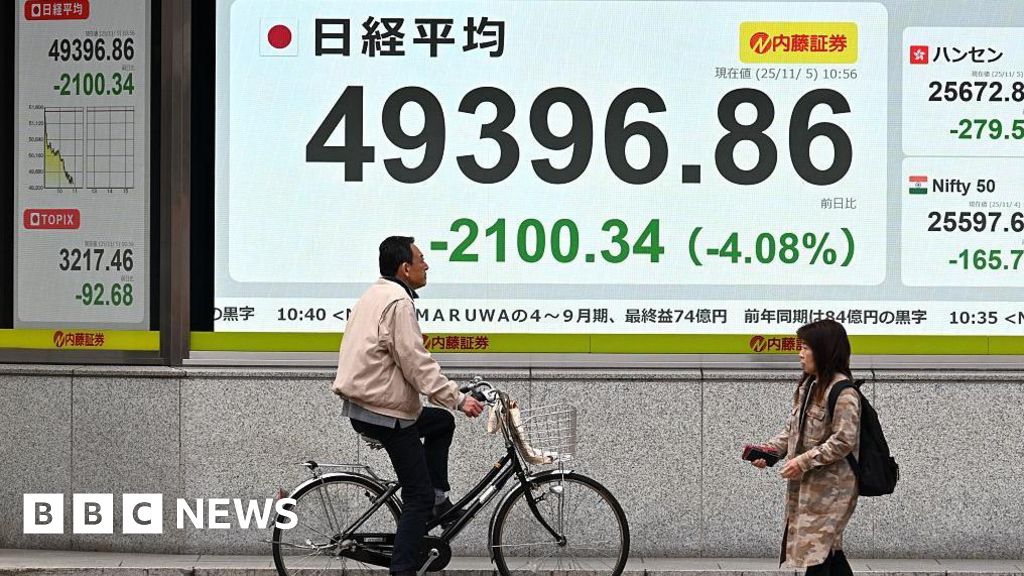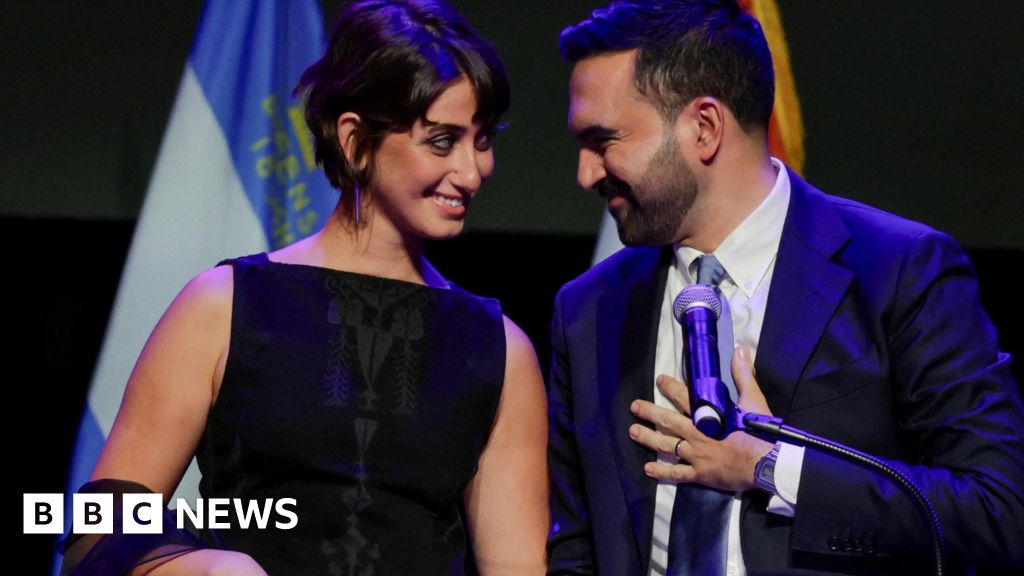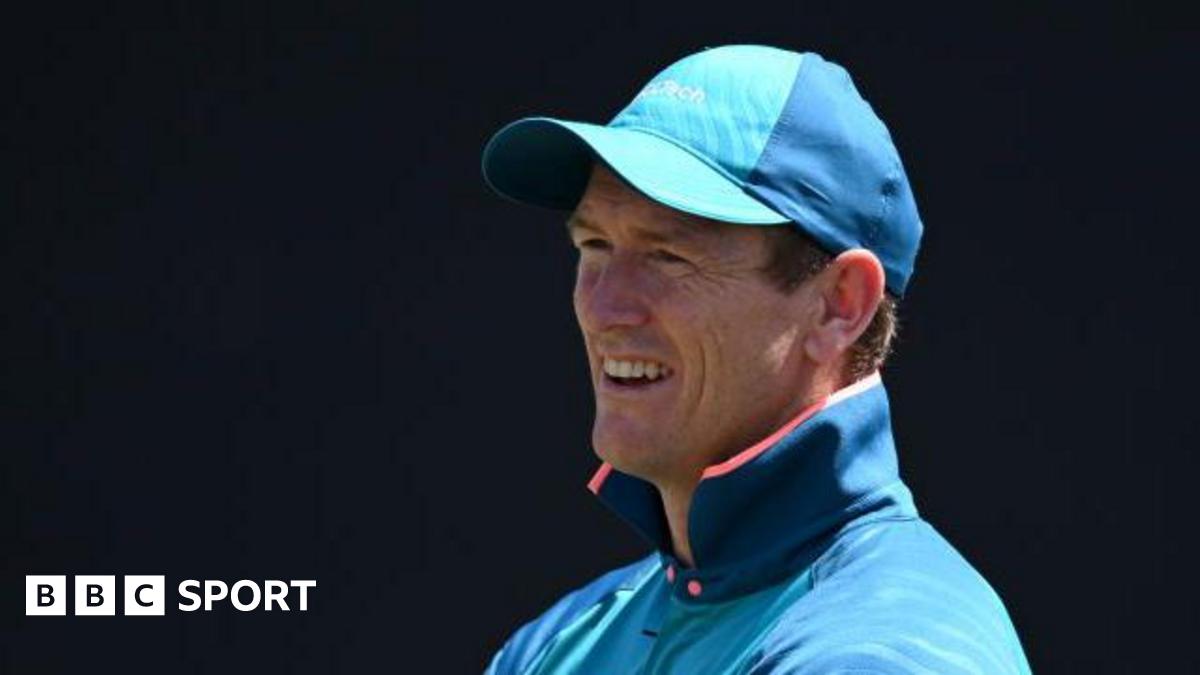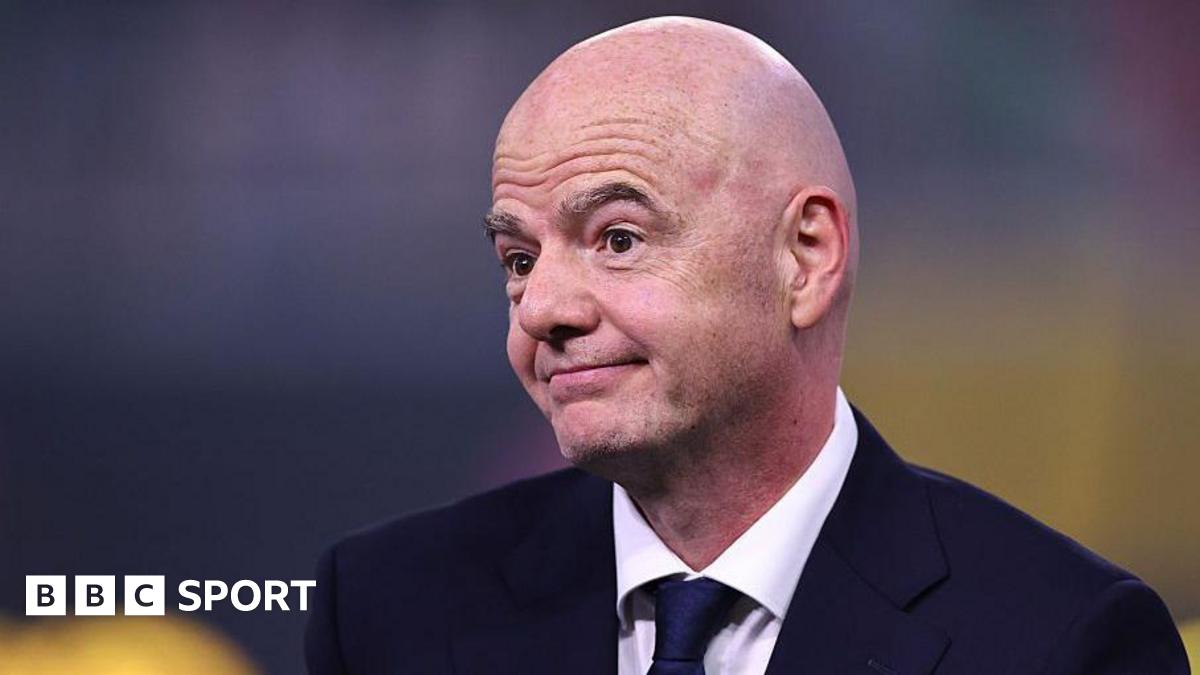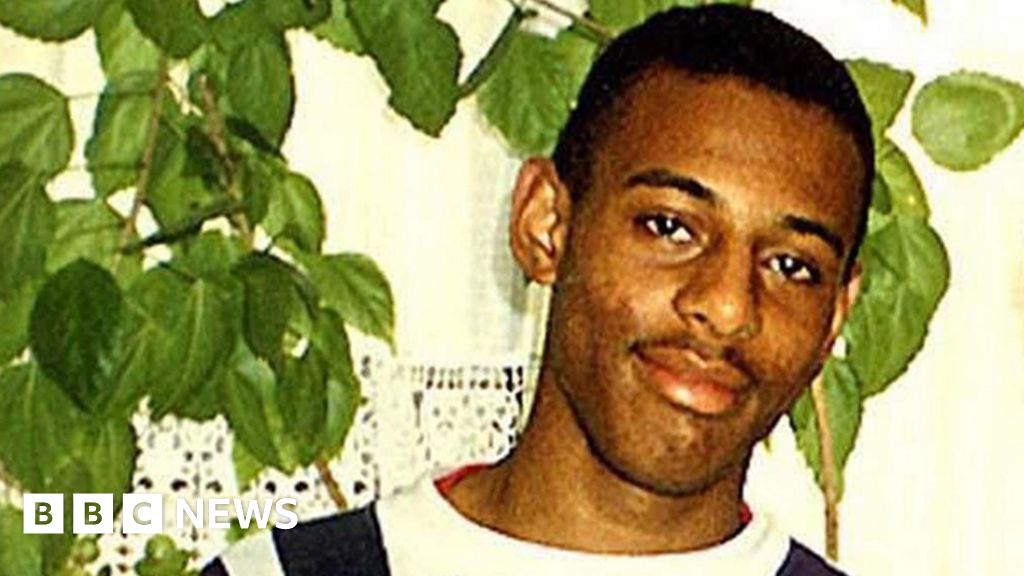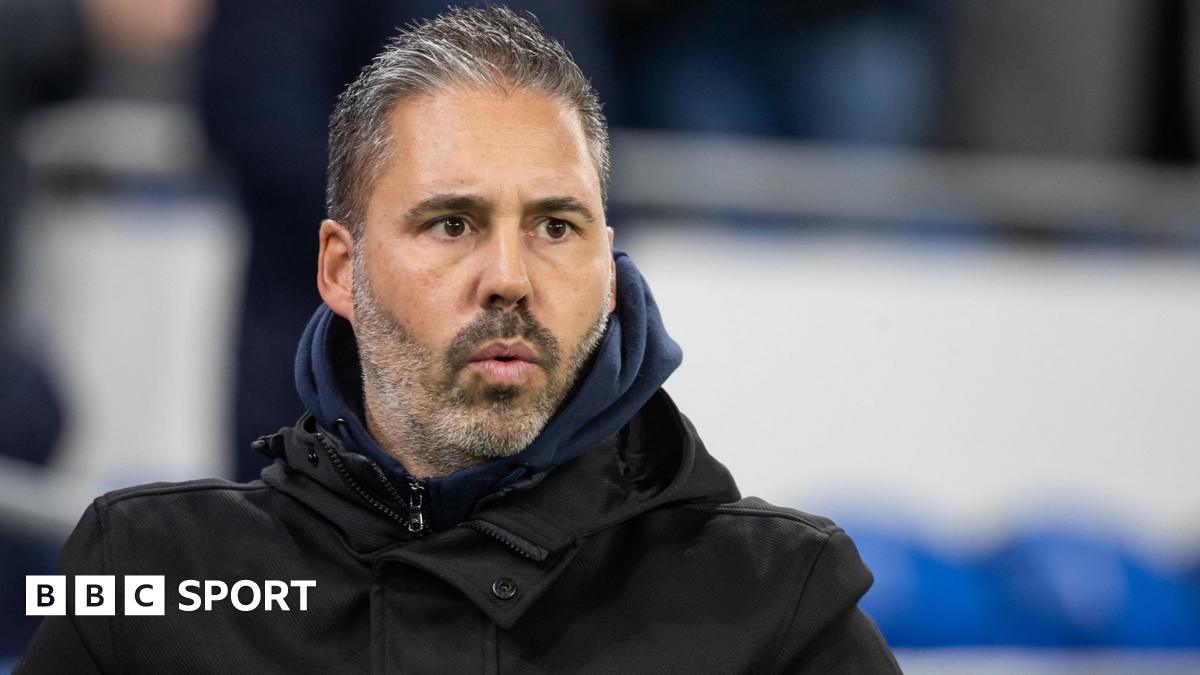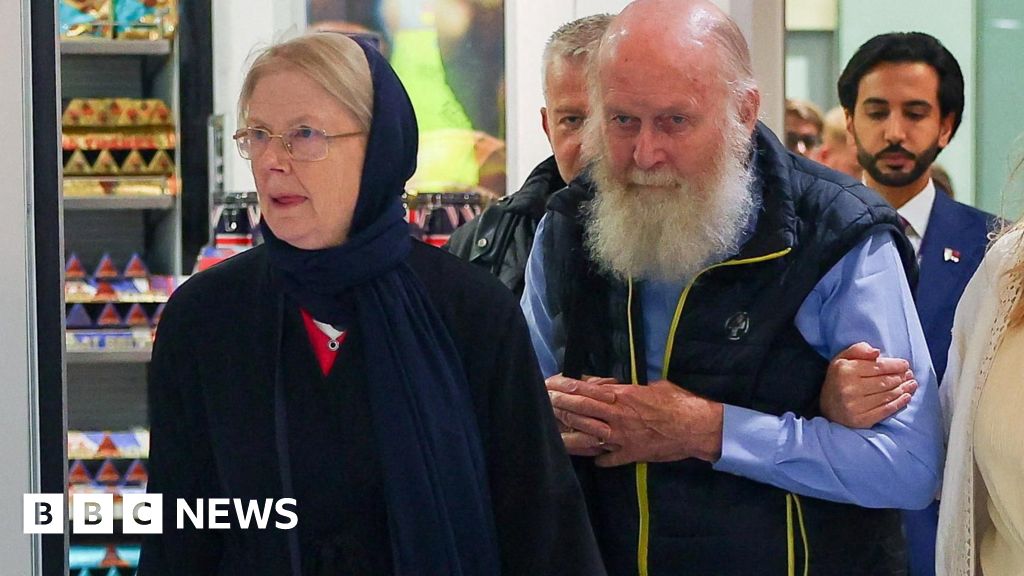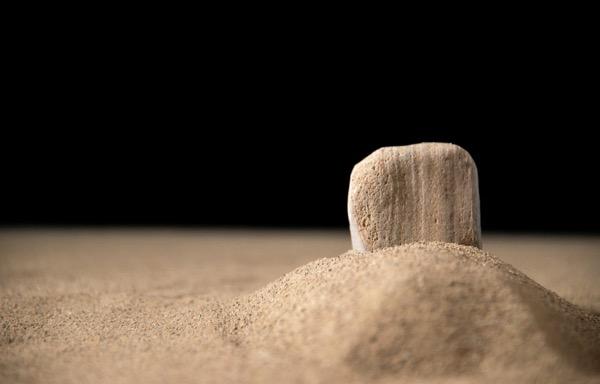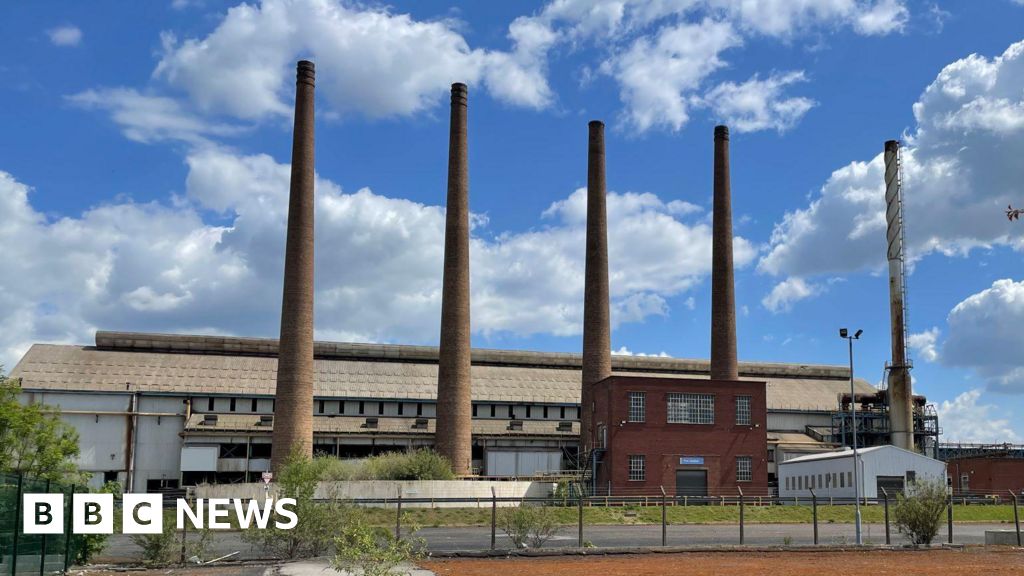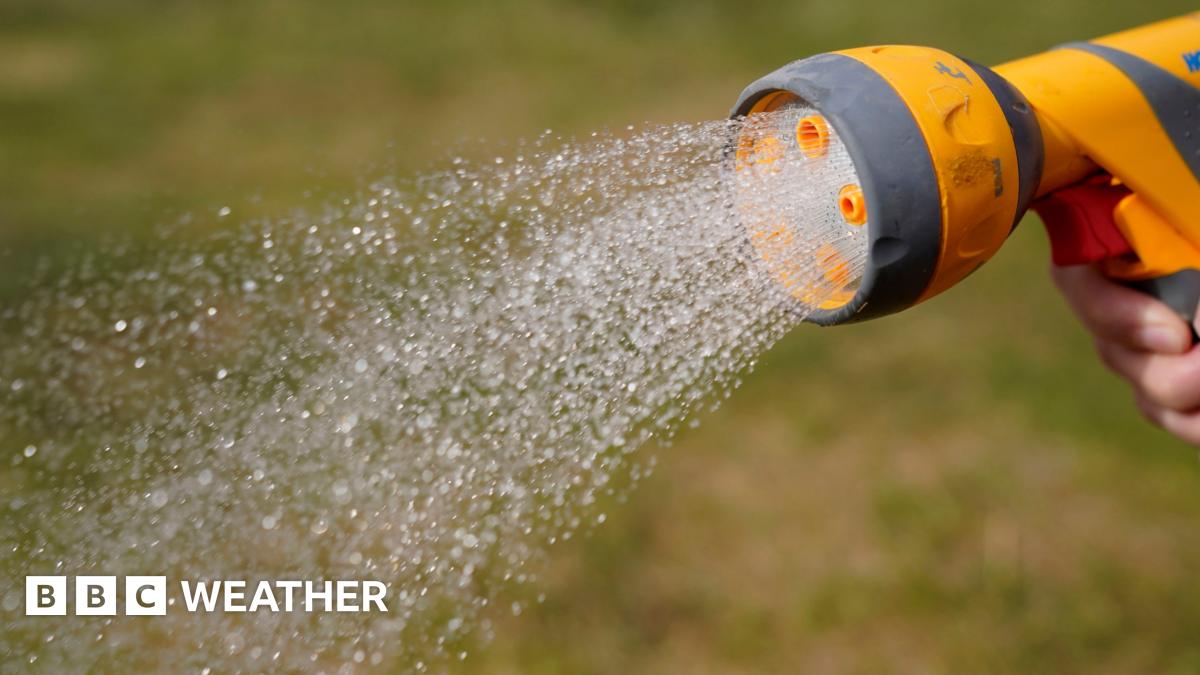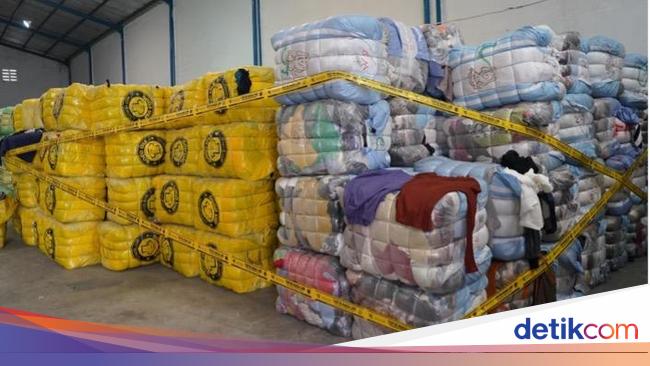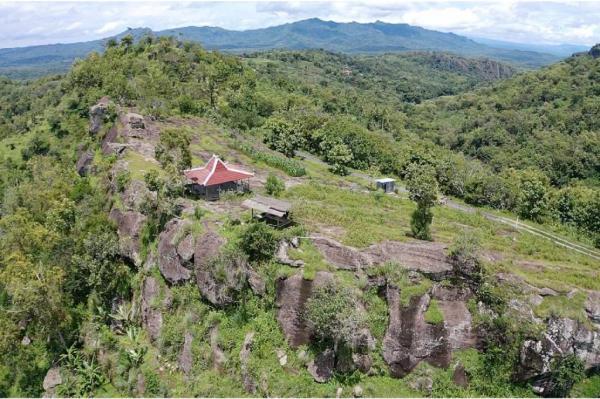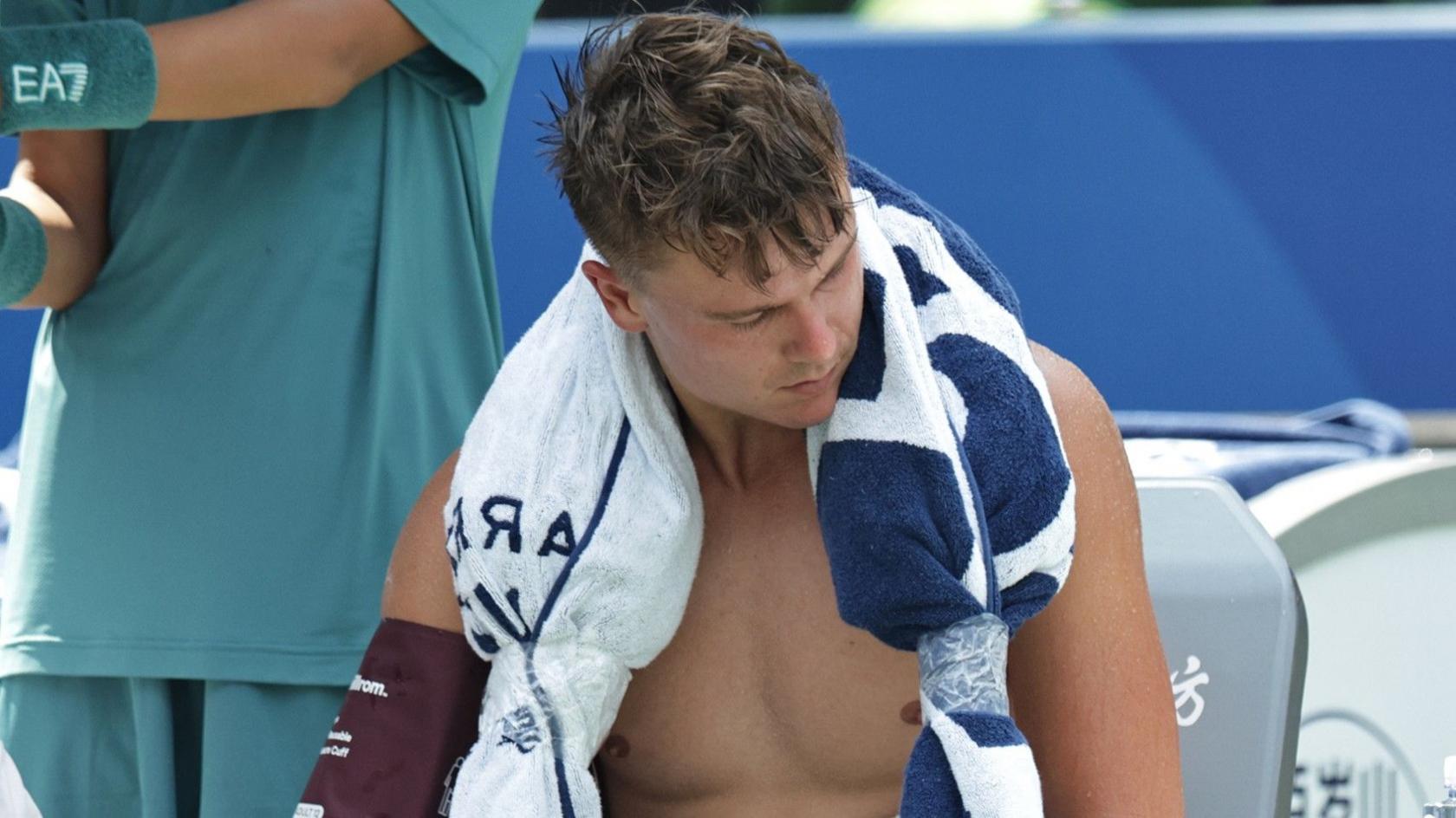 Image source, Getty Images
Image source, Getty Images
Holger Rune was seen by the doctor after struggling with heat at the Shanghai Masters
ByRussell FullerTennis correspondent and Amy LofthouseBBC Sport Senior Journalist
"Do you want a player to die on court?"
That was the question Holger Rune asked an official as he was treated by a doctor and physio in gruelling conditions at the Shanghai Masters.
With temperatures reaching as high as 34C and humidity at 80% in the daytime at the end of a long season, players are feeling the impact physically.
Conditions are similar 500 miles west at the Wuhan Open, where Emma Raducanu retired from her first-round match on Tuesday with dizziness. On Monday, matches on the outside courts were halted and the roof on the main court closed.
After retiring with illness from a match against Sorana Cirstea on Tuesday, former French Open champion Jelena Ostapenko revealed she had "suffered a heat stroke".
Iga Swiatek enjoyed a 6-1 6-1 rout of Marie Bouzkova, but the world number two said afterwards she was grateful not to have played on Monday, when the heat was "too much for most of the players".
"I hope the other matches will be scheduled at a time where girls can compete, rather than just die on the court," Swiatek added.
Back in Shanghai, Rune had his blood pressure taken and an ice towel around his shoulders after feeling unwell in his third-round win over Ugo Humbert on Sunday.
Novak Djokovic said the conditions in his gruelling third-round win were "brutal", Giovanni Mpetshi Perricard said he felt like he was "dying on the court" because of the humidity, and Jannik Sinner could barely walk as he was hit by cramps in his Sunday night match.
Terence Atmane, who retired from his first-round match on Thursday, posted on Instagram that his on-court stress was heightened by the heat.
"After the first point of the match both of my hands were shaking," the Frenchman wrote.
"After the second game and a comfortable 2-0 lead I immediately felt my entire body shaking and I was suffocating after every point.
"The heat stress I've faced today could have been worse than losing my consciousness for an hour and just rapid heartbeat..."
Rune, as he was being treated on Sunday, asked why men's governing body the ATP has no heat rule in place.
"It's a very good question," was the reply.
Denmark's Rune returned to the theme on Tuesday after a three-set win over Mpetshi Perricard in the fourth round.
The world number 11 said he thought “every player would agree” a rule should be introduced.
“We can handle a certain amount of heat, because we’re strong and mentally strong as well, but there is always a limit.
“It’s also important to take care of your health. We need to survive.”
What are the heat rules at tournaments?
The strength of the sun, temperature, humidity and wind speed are all taken into account when tournament referees decide whether the heat rule should come into effect.
Play at the Australian Open is suspended when the Heat Stress Scale - a combination of these various measurements - reaches level five, its highest level, when the potential impact on players is at its most severe.
Level four triggers a 10-minute break after the second set of a women's singles (as long as either player requests it) and after the third set of a men's singles.
Those playing on show courts may also benefit from the partial closing of the roof during extreme heat.
The French Open, Wimbledon and the US Open have very similar policies, but there are currently differences between the WTA and ATP tours.
On the women's tour, a 10-minute break is offered when the Heat Stress Index reaches a certain limit, and play is likely to be suspended when the index climbs to another pre-determined mark.
However, a decision to suspend play on the men's tour is at the discretion of the on-site ATP supervisor in co-ordination with medical teams and local authorities.
And - as things stand - there is no allowance for a 10-minute break before a deciding set.
"This remains under active review and additional measures including the implementation of an official heat policy are currently being evaluated in consultation with players, tournaments, and medical experts," the ATP said in a statement.
"Player safety remains a top priority for the ATP."
Players have often considered the sport a 'survival of the fittest', which would be undermined by a break after just two sets.
But that outlook appears to be changing in a year in which extreme heat and humidity have been major issues in Cincinnati as well as Shanghai.
How does heat affect tennis players?
A person's average body temperature is 37C, but when athletes push themselves to the limit in high temperatures, heat exhaustion - when the body gets too hot - can occur.
Symptoms include increased breathlessness, cramp, light-headedness and nausea.
If not treated properly by cooling the body down, heatstroke can set in and lead to a possible medical emergency.
As the body gets hotter, blood vessels open up. This leads to lower blood pressure and makes the heart work harder to push blood around the body.
At the same time, sweating leads to the loss of fluids and salt and, crucially, the balance between them in the body changes.
Why play in China when it is so hot?
The tennis tour basically follows the sun. It would be risky to play outdoors in many parts of Europe and North America in October, because of the threat of wet weather, and so logically the tours head to China, Japan and South Korea at this time of year.
Many courts are required for all tournaments, and especially for the 1,000 events which may have a 96-player draw. Very few indoor venues could cope, and so this calendar allows tournaments to be staged outdoors almost all year round.
A few indoor events are staged in February and then again in Europe in the final month of the season after the completion of the Asian swing.
.png)
 4 weeks ago
19
4 weeks ago
19
